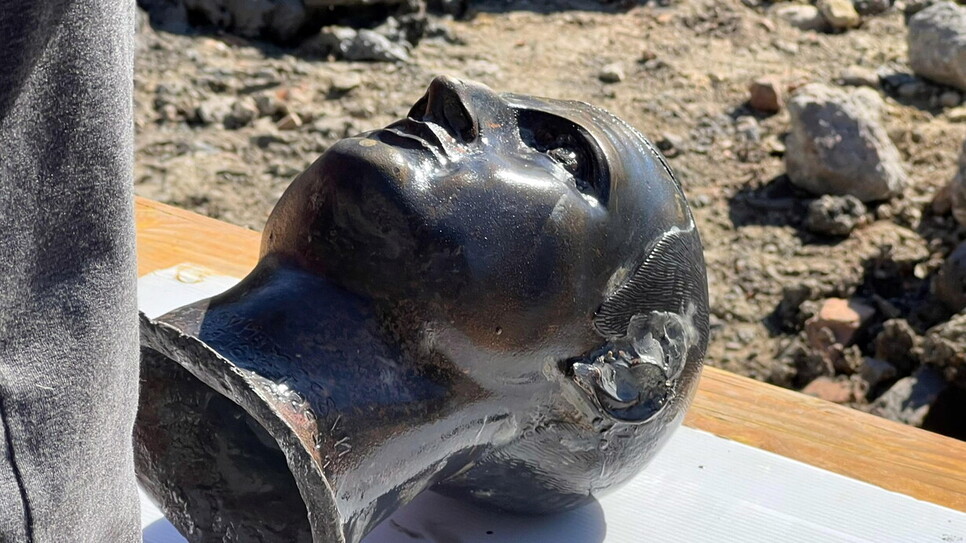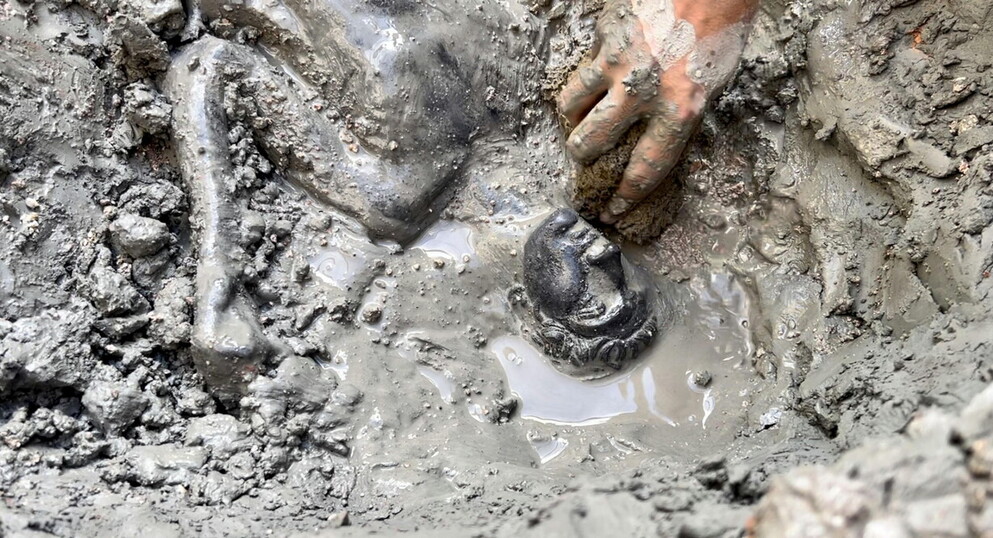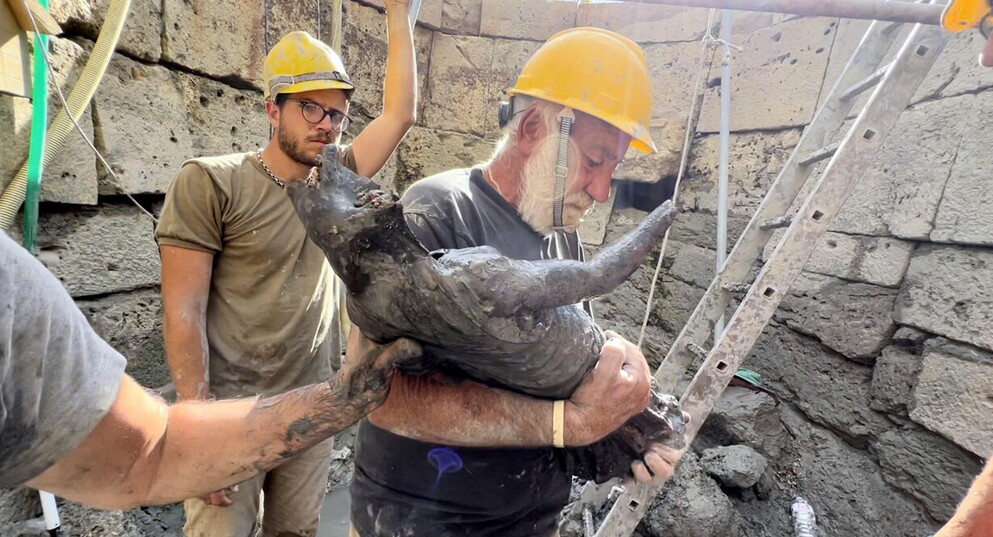San Casciano as Riace: 24 bronze statues emerge from the mud
[ad_1]
masterpieces of antiquity
Experts: “A discovery that will change history”. An “absolutely unique” treasure datable between the second century BC and the first century AD, the archaeologists say, which is accompanied by an incredible amount of inscriptions in Etruscan and Latin.
Divinity and votive offerings, young people and matrons. Protected for 2,300 years from the mud and boiling water of the sacred tanks, it has recently re-emerged from the excavations of San Casciano dei Bagni, in Tuscany, a never seen votive depositwith 24 bronze statuesfive of which almost a meter high, all intact and in perfect condition. “A discovery that will rewrite history and on which more than 60 experts from all over the world are already at work” he announces the archaeologist Jacopo Tabolli, the young lecturer at the University for Foreigners of Siena, who has been leading the project since 2019 with the grant of the Ministry of Culture. An “absolutely unique” treasure, he underlines, which is accompanied by an incredible amount of inscriptions in Etruscan and Latin. “Made in all probability by local artisans, the 24 newly found statues – explains Tabolli flanked by the director of the excavation Emanuele Mariotti – can be dated between the second century BC and the first after”.

“Fifty years after the discovery of the famous Riace Bronzes in 1972, the history of the ancient bronze statuary of the Etruscan and Roman age is rewritten in San Casciano dei Bagni. The Tuscan site is the largest deposit of bronze statues from the Etruscan and Roman never discovered in ancient Italy and one of the most significant in the whole Mediterranean: unparalleled above all because, until now, mainly terracotta statues were known from this era “. adds Tabolli.

“It is the most important discovery from the Riace Bronzes and certainly one of the most significant finds of bronzes ever in the history of the ancient Mediterranean “, comments the general director of the museums, Massimo Osannawhich has just approved the purchase of the sixteenth-century building that will house the wonders returned by the Bagno Grande in the village of San Casciano, a museum to which a real archaeological park will be added in the future.


Even the Minister of Culture Gennaro Sangiuliano has already visited the restoration laboratory that has just received the statues: “An exceptional find that confirms once more that Italy is a country made up of immense and unique treasures. civilization is a unicum of Italian culture “.
“The importance of the method used in this excavation is also represented by the collaboration between specialists of each discipline: from architects to geologists, from archaeobotanists to experts in epigraphy and numismatics”, explains the Superintendent of Archeology, Fine Arts and Landscape of the Mic, Luigi La Rocca . “This discovery offers San Casciano an opportunity that is not only cultural and tourist, but is a real opportunity for rebirth”, says the mayor of the Tuscan municipality, Agnese Carletti. “A new museum will be born in San Casciano, which will house the exceptional statues, and an archaeological park. Two new places that will be a real engine of development for the area that will add to the already exciting presence of young archaeologists from all over the world that, thanks to this excavation, are now repopulating the country for many months a year “.

“The bronzes of San Casciano – reports a note from Mic – depict the divinities venerated in the sacred place, together with the organs and anatomical parts for which the curative intervention of the divinity was requested through the thermal waters. In recent weeks effigies of Hygieia and Apollo have re-emerged from the hot mud, as well as a bronze that recalls the famous Arringatore, discovered in Perugia and in the historical collections of the National Archaeological Museum of Florence. The exceptional state of conservation of the statues inside the hot spring water has also made it possible to preserve wonderful inscriptions in Etruscan and Latin that were engraved before their creation. The inscriptions contain the names of powerful Etruscan families from the territory of internal Etruria, from the Velimna of Perugia to the Marcni known in the Sienese countryside.. Alongside onomastics and dedicatory forms in Etruscan we find inscriptions in Latin, which also mention the aquae calidae, the hot springs of the Great Bath, where the statues were placed. Most of these masterpieces of antiquity date between the 2nd century BC and the 1st century AD, a historical period of important transformations in ancient Tuscany, in the passage between the Etruscans and the Romans. In this era of great conflicts between Rome and the Etruscan cities, but also of struggles within the social fabric of the city, the noble Etruscan families in the sanctuary of the Bagno Grande, in a phase in which the expansion of Rome also means cultural osmosis, they dedicated the statues to sacred water. An absolutely unique multicultural and multilingual context of peace, surrounded by political instability and war.


[ad_2]
Source link











